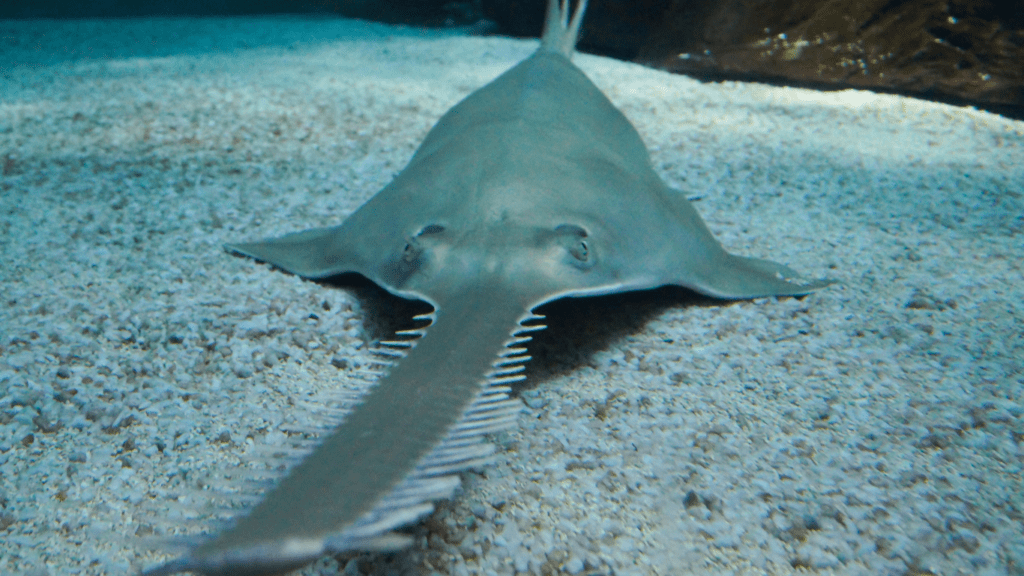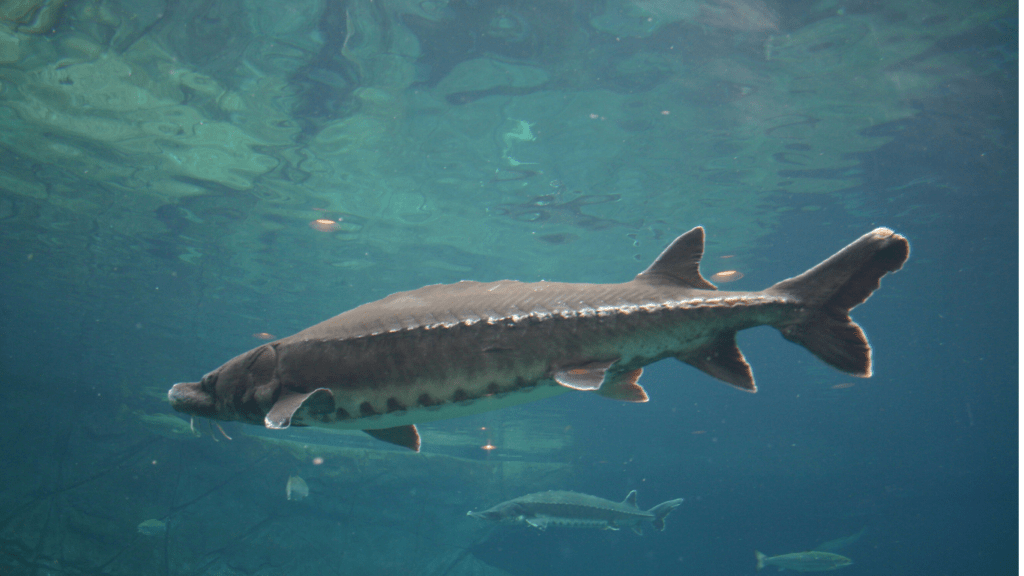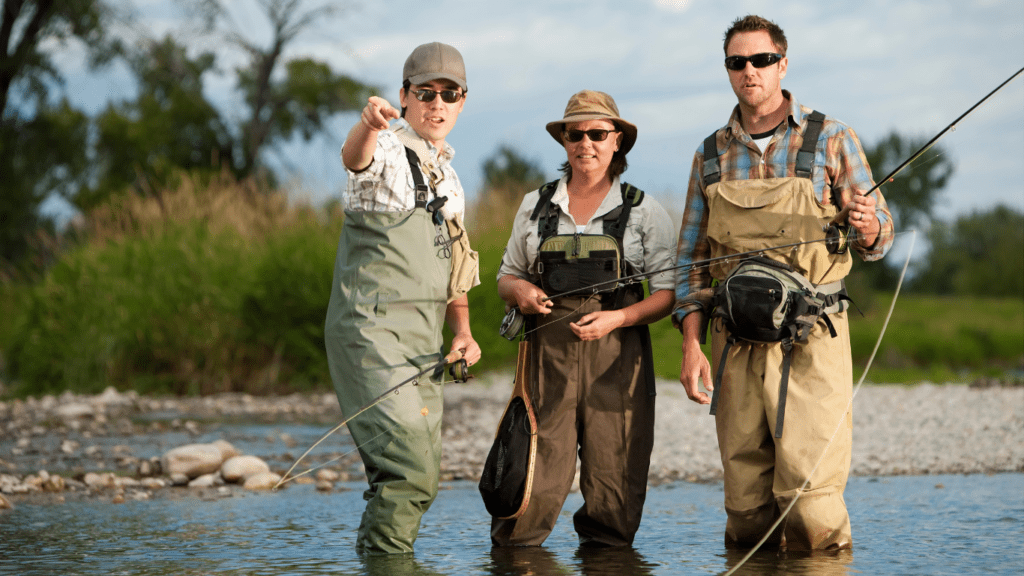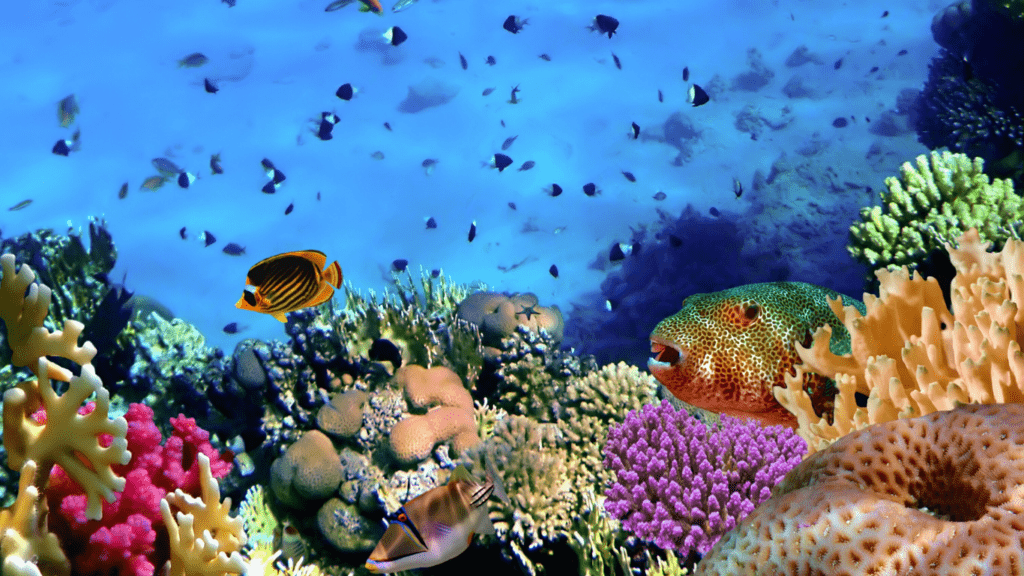As an angler, there’s nothing quite like the thrill of casting a line and connecting with nature. But did you know some of the fish you might encounter are protected species? Understanding which fish are endangered and why it matters isn’t just about following the rules—it’s about preserving aquatic ecosystems for future generations.
Overfishing, habitat loss, and climate change have pushed many species to the brink of extinction. For anglers, this means being mindful of what’s on the other end of the line. Knowing how to identify endangered fish and what to do if you catch one can make a big difference in conservation efforts.
Understanding Protected Species
Protected fish species face threats that put their survival at risk. Anglers play a key role in ensuring the preservation of these species by practicing responsible fishing.
What Are Protected and Endangered Fish?
Protected fish are species legally safeguarded due to declining populations. Endangered fish, such as Atlantic sturgeon or smalltooth sawfish, are at high risk of extinction. Laws like the Endangered Species Act (ESA) classify these species and provide them with federal protection. Anglers are required to avoid intentional harm to these fish and report accidental captures where necessary.
Why Are These Species at Risk?
Threats to protected fish arise from human activities and environmental factors. Overfishing reduces population sizes, while habitat destruction, such as the loss of coastal estuaries, disrupts breeding grounds. Climate change further exacerbates these issues by altering water temperatures and ecosystem dynamics. Awareness of these risks helps anglers recognize the importance of conservation in their activities.
Laws and Regulations for Anglers
Anglers must understand the laws governing endangered fish to ensure compliance and support conservation. These regulations are designed to protect vulnerable species and maintain healthy aquatic ecosystems.
Key US Laws Protecting Fish
The Endangered Species Act (ESA) prohibits catching, harming, or trading fish species listed as endangered or threatened. Violations can result in fines up to $50,000 per incident. The Magnuson-Stevens Fishery Conservation and Management Act regulates overfishing by:
- setting quotas
- protecting fish habitats
- rebuilding depleted fish stocks
State-specific regulations may also apply, often including restrictions on size, seasons, and techniques used for fishing.
International Efforts for Conservation
The Convention on International Trade in Endangered Species (CITES) restricts trade of endangered marine species, preventing exploitation on a global scale. The United Nations Food and Agriculture Organization (FAO) promotes international collaboration to create sustainable fishing practices to limit species depletion. Bilateral agreements, such as those between the US and Canada, focus on managing shared fisheries to conserve cross-border fish populations.
Recognizing Endangered Fish

Identifying endangered fish species is crucial for responsible fishing. Understanding what sets them apart ensures compliance with regulations and supports conservation efforts.
Commonly Protected Species
Several fish species are commonly listed as endangered or protected. The Atlantic sturgeon, known for its bony plates and elongated snout, faces heavy population declines due to overfishing and habitat fragmentation. Smalltooth sawfish, identifiable by its long, saw-like rostrum, is critically endangered from bycatch and habitat loss. Devils Hole pupfish, native to Nevada, has a population under 300 due to its limited habitat. The totoaba, native to Mexico’s Gulf of California, is endangered due to habitat alteration and illegal fishing targeting their swim bladders.
Tips for Identifying Endangered Fish in the Wild
- Visual characteristics often help recognize protected fish.
- Unique physical traits like the sawfish’s rostrum or the sturgeon’s bony scutes can immediately signal a protected species.
- Using fish identification guides or apps with photos and region-specific information clarifies distinguishing features.
- Reviewing local and federal endangered species lists before a trip ensures awareness of which species anglers may encounter.
- Observing fish behavior, location, and habitat can also provide critical clues; for instance, seeing a pupfish in a narrow desert spring or a totoaba in the Gulf of California links them to their known habitats.
Best Practices for Responsible Angling
Practicing responsible angling supports conservation and safeguards protected fish. Adjusting techniques and awareness can minimize harm to endangered species.
Avoiding Threatened Habitats
Avoid fishing in habitats vital to endangered species’ survival. These areas often include spawning grounds or regions designated as critical habitats under laws like the Endangered Species Act. Checking local regulations and maps before selecting a fishing spot helps identify and avoid these zones.
Select alternative fishing locations rich in non-threatened fish populations, such as managed lakes or rivers. By steering clear of endangered habitats, I contribute to reducing stress on vulnerable fish populations and preserving their ecosystems.
Catch-and-Release Guidelines for Protected Species
Follow proper catch-and-release techniques when encountering protected species. Avoid removing fish from the water unless absolutely necessary, as exposure to air increases stress. Use tools like dehooking devices or barbless hooks for easier release without handling.
Handle fish with wet hands or gloves to prevent removing protective slime that defends against disease. Always revive fish by supporting them in water until they regain strength and swim away on their own. Adhering to these steps ensures higher survival rates and aligns with conservation goals.
The Role of Anglers in Conservation
Anglers hold a unique position in protecting endangered fish species. By adopting sustainable practices, advocating for conservation, and raising awareness, they contribute directly to safeguarding aquatic ecosystems.
Supporting Conservation Through Advocacy
Advocacy plays a critical role in conservation efforts. By supporting organizations focused on protecting endangered species, I can amplify their efforts. Groups like the American Fisheries Society and Trout Unlimited promote sustainable fishing practices and work to restore habitats affected by human activities.
Participating in public forums or campaigns adds to these efforts. For example, signing petitions advocating for stricter fishing regulations or attending community meetings about waterway management strengthens collective actions. Encouraging fellow anglers to adopt eco-friendly practices through conversations or social media also extends the reach of conservation messages.
How Anglers Can Help Protect Vulnerable Fish
Anglers actively help vulnerable fish populations by adhering to regulations and choosing conservation-friendly methods. Limiting fishing activities in areas where endangered species reside, such as spawning habitats or migration routes, reduces disturbance and supports population recovery.
I can also lower my impact with gear choices and techniques. Using barbless hooks minimizes injury to fish during catch and release. Opting for weighted lines instead of lead prevents contamination in aquatic environments. Staying informed by reviewing endangered lists and local guidelines ensures my practices support legal and ecological goals.
Tracking catch data and reporting sightings of endangered species adds valuable information for researchers. For instance, programs like the iNaturalist platform allow me to submit observations, contributing to studies on species distribution and population health.





